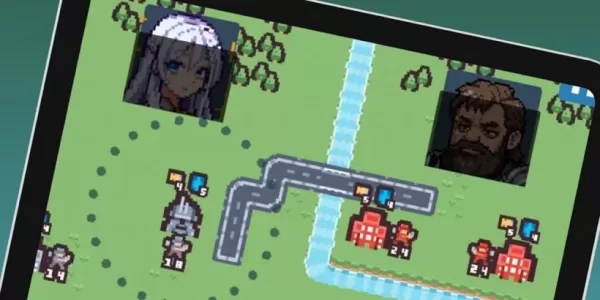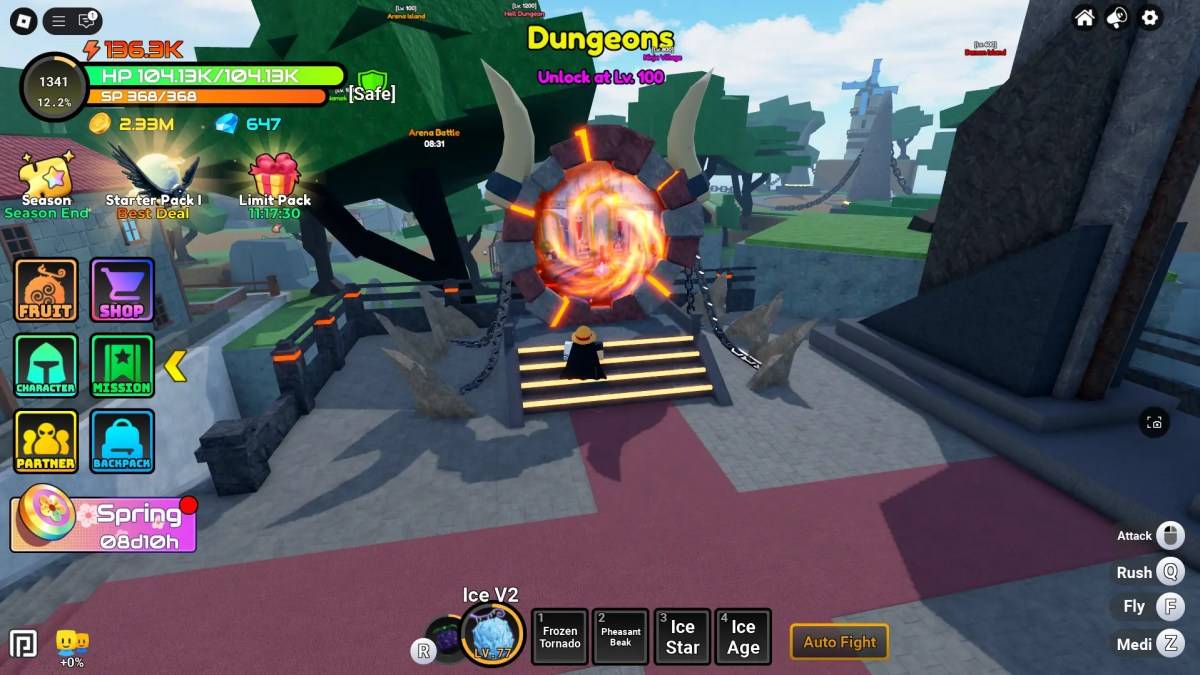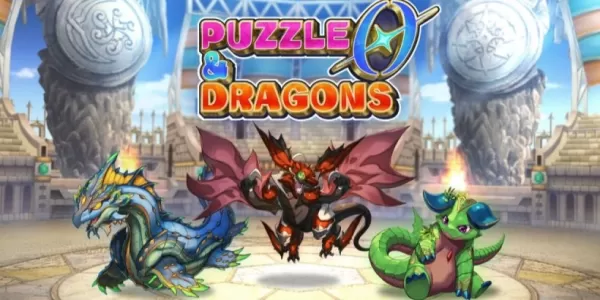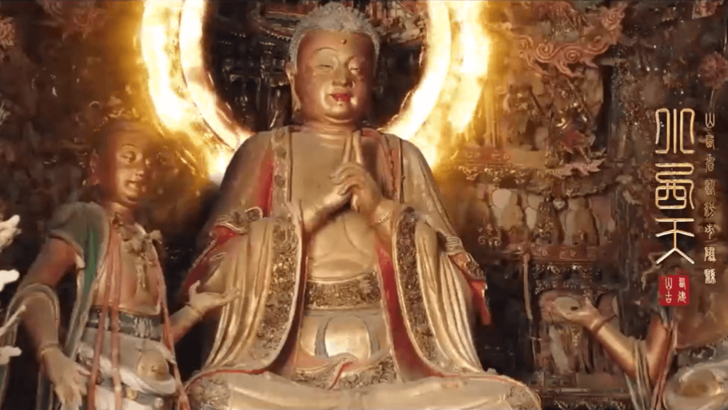
Black Myth: Wukong is not just a game; it's a cultural phenomenon that elevates China’s rich heritage onto the global stage. Dive into the real-world inspirations behind the game's stunning environments and discover how they're boosting tourism in Shanxi Province.
Black Myth: Wukong Recreates Shanxi’s Cultural Landmarks
Wukong Boosts Tourism in Shanxi Province
Black Myth: Wukong, the Chinese action RPG inspired by the classic "Journey to the West," has not only captivated gamers worldwide but also sparked a significant interest in the cultural and historical treasures of China's Shanxi Province. The game's breathtaking visuals, drawn from real locations within Shanxi, have ignited a tourism boom in the region.
Recognizing this surge in interest, the Shanxi Department of Culture and Tourism has launched a strategic promotional campaign. This initiative highlights the very landscapes that inspired Black Myth: Wukong's environments, culminating in a special event called "Follow Wukong’s Footsteps and Tour Shanxi." The department has reported a flood of inquiries, from customized travel itineraries to detailed guides, indicating a strong public desire to explore these iconic sites firsthand.
"We have been inundated with requests from all directions—some seeking customized travel routes, others looking for detailed guides," stated the Shanxi Department of Culture and Tourism, as quoted by Global Times. "Rest assured, we have carefully noted every expectation."
The developers at Game Science have meticulously crafted Black Myth: Wukong to embody the essence of Chinese culture and mythology. The game's world is a vivid tapestry of towering pagodas, ancient temples, and landscapes that echo the style of traditional Chinese paintings, transporting players to an era filled with emperors and mythical beings.
Shanxi Province, a cradle of Chinese civilization, is renowned for its cultural wealth, which is beautifully mirrored in the game. A promotional video from last year showcased the game's rendition of the Little Western Paradise, complete with its unique hanging sculptures and the Five Buddhas. In the video, these sculptures appear animated, with one of the Five Tathāgatas extending a welcoming gesture to Wukong, hinting at an intriguing narrative role that remains shrouded in mystery.
While the full story of Black Myth: Wukong is still under wraps, Wukong's depiction as the "斗战神" or "Warring Deity" aligns with his rebellious character from the classic novel, where he was famously imprisoned under a mountain by Buddha after defying the heavens.
Beyond the Little Western Paradise, the game also pays tribute to other Shanxi landmarks such as the South Chan Temple, Iron Buddha Temple, Guangsheng Temple, and the Stork Tower. According to the Shanxi Cultural Media Center, these virtual representations are just a glimpse into the province's extensive cultural heritage.
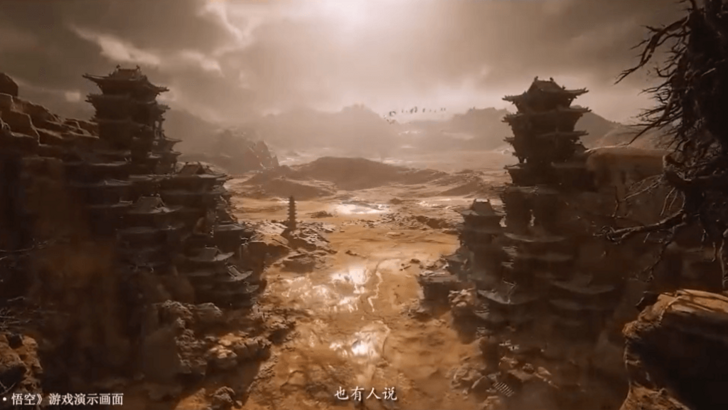
Black Myth: Wukong's impact extends beyond cultural promotion. This week, it topped Steam’s Bestseller charts, surpassing established titles like Counter-Strike 2 and PUBG. In China, the game is celebrated as a pioneering achievement in AAA game development, earning widespread acclaim.
Explore more about Black Myth: Wukong's global success and its cultural significance in the article below!

